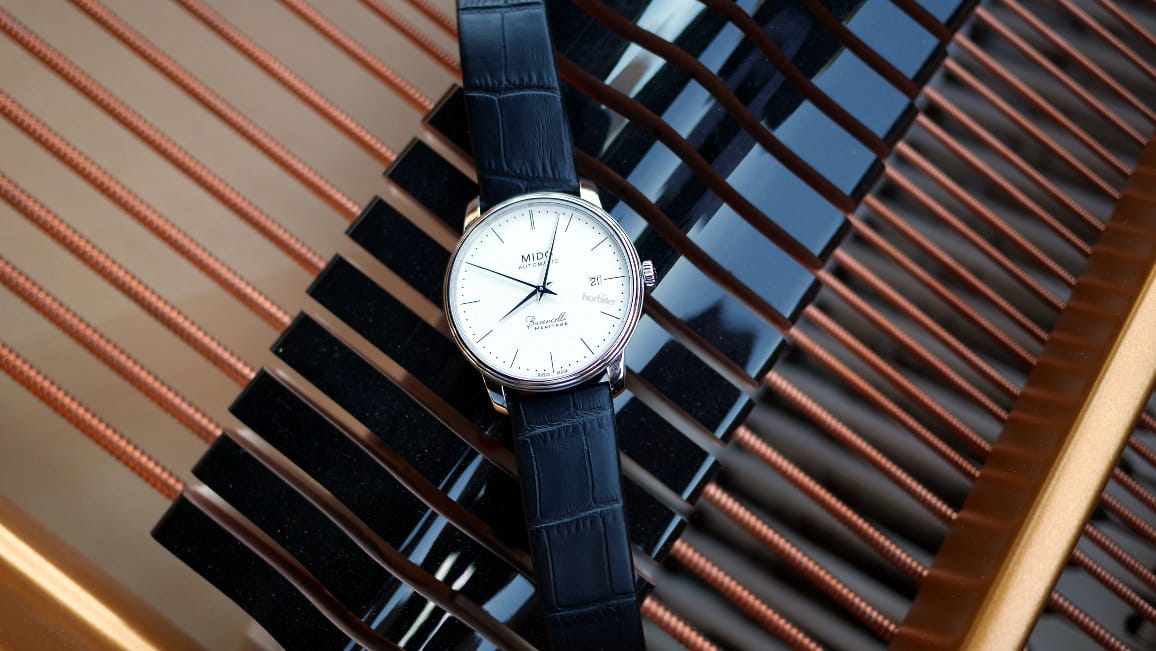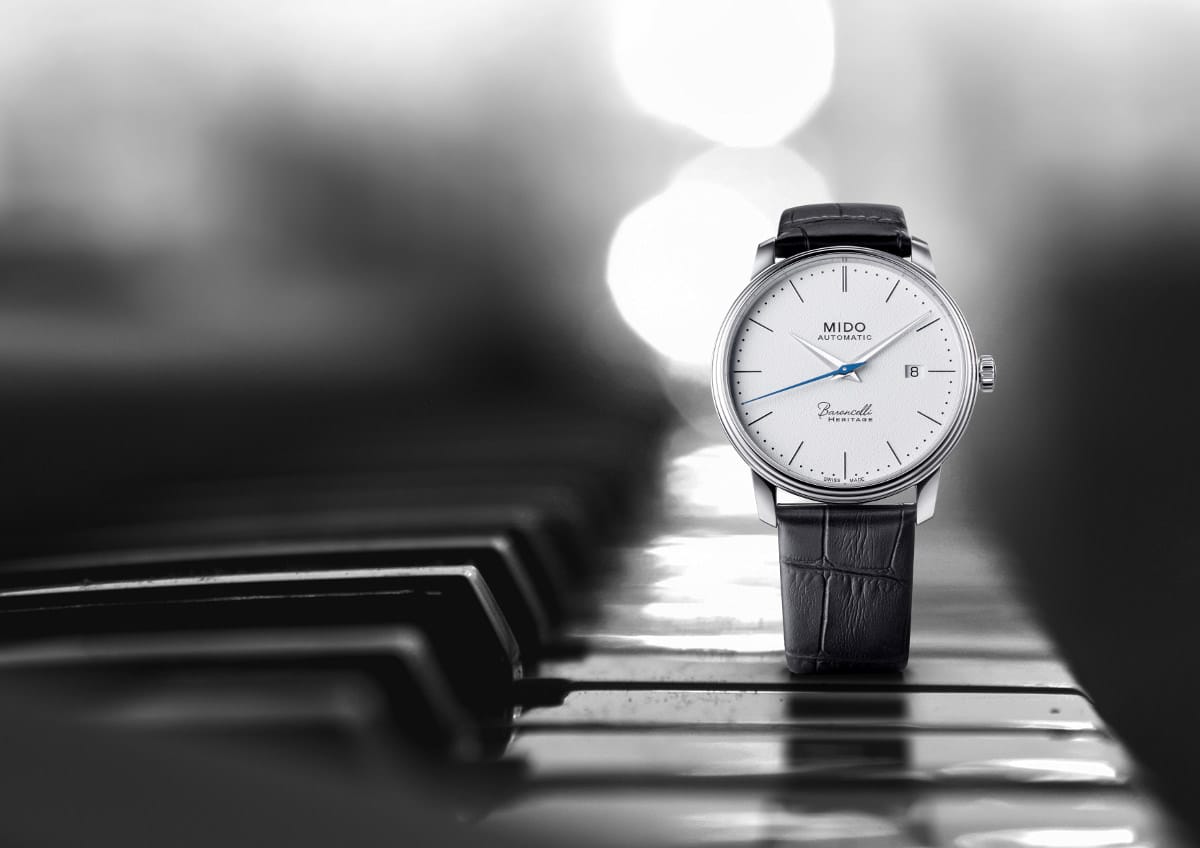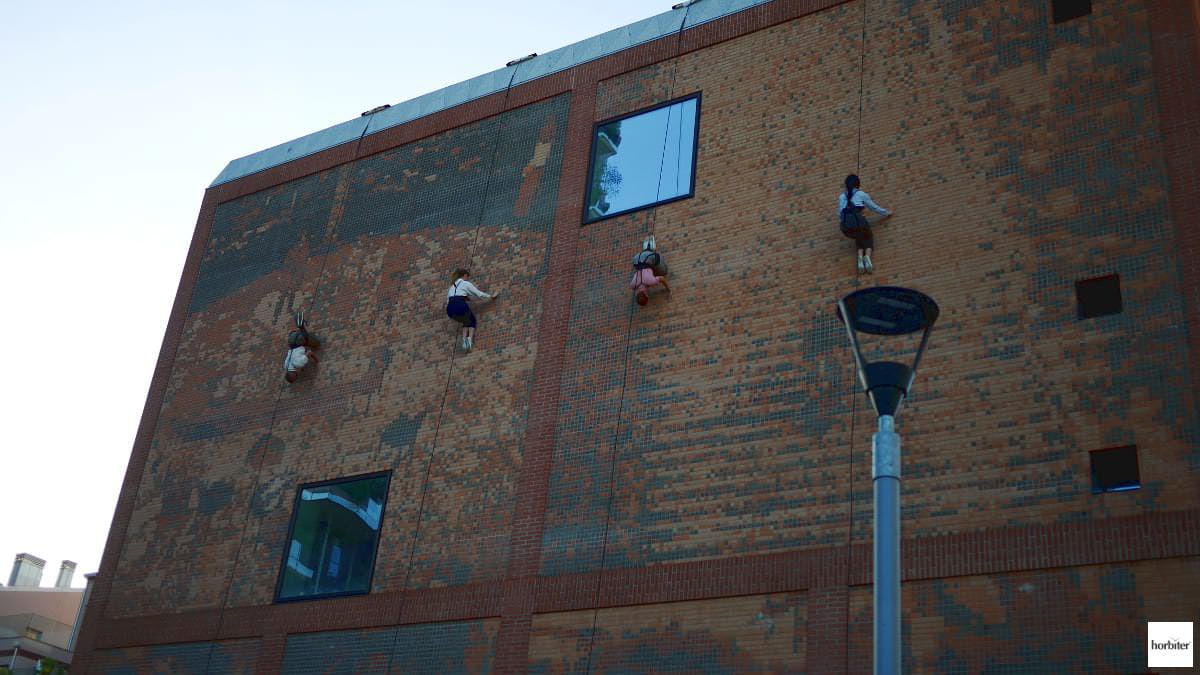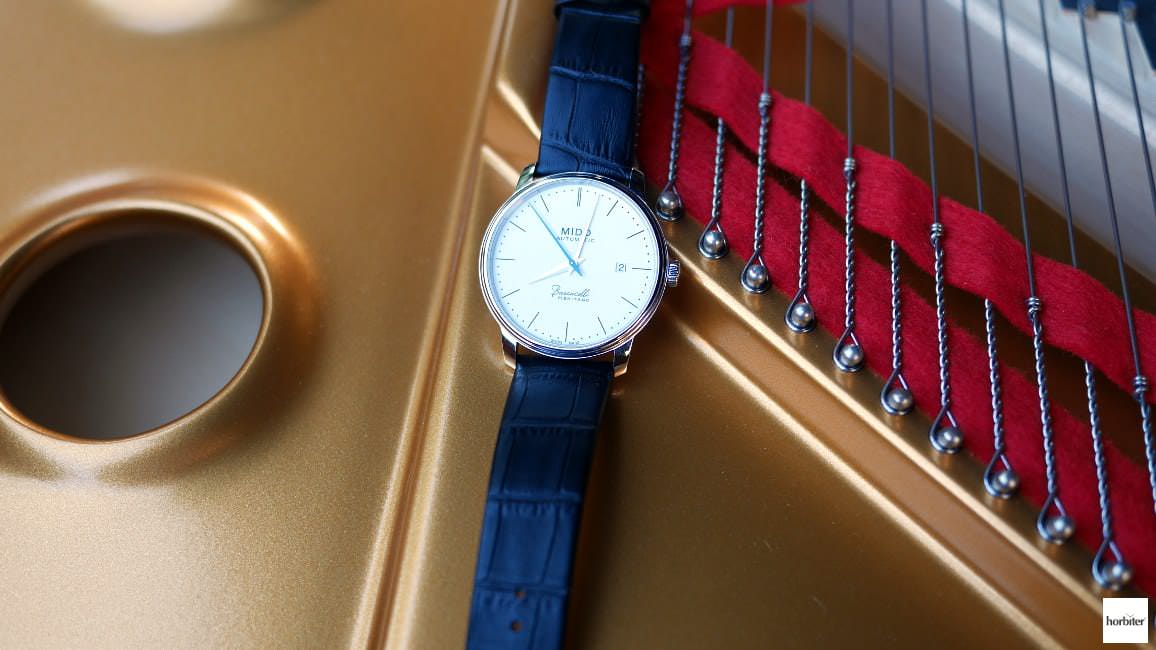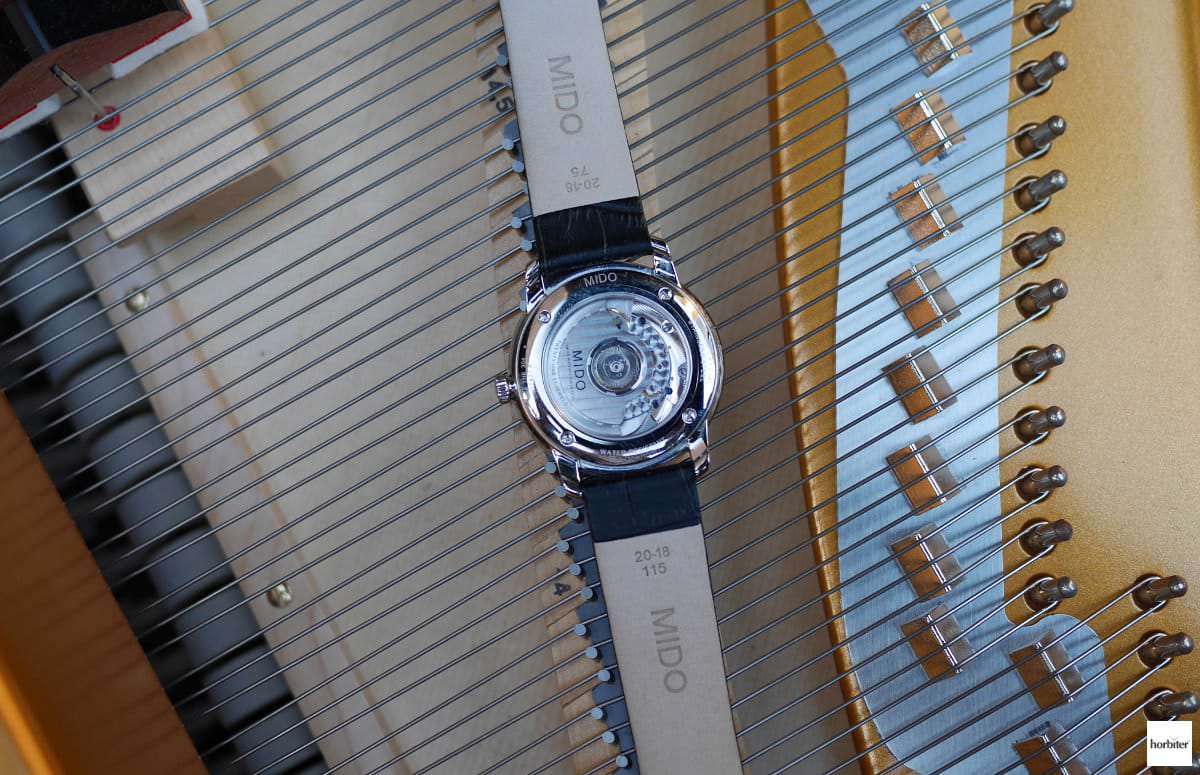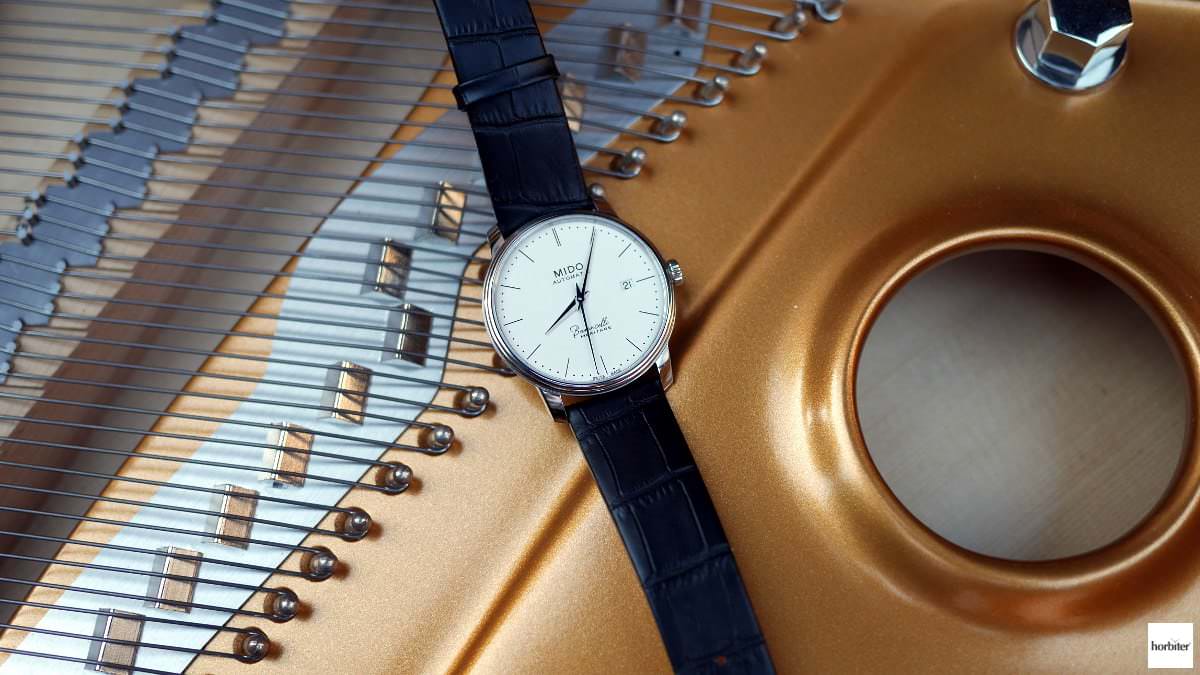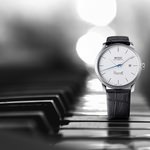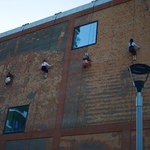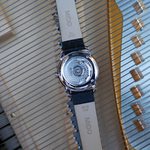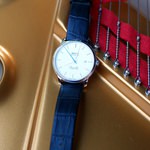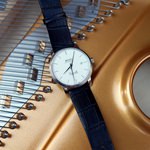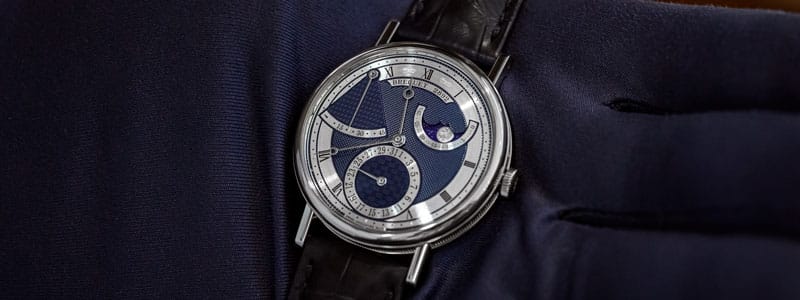Do you know a city that could ever represent the concept of design better than the city of Milan? In 2017, I find it hard to find other cities like that in Europe, both for events that catalyze the world's attention and for the architectural buzz that keeps fueling the city. Places such as the Gae Aulenti Square or the Vertical Wood are landmarks for tourists, and so are the beautiful Art Déco palaces of the "Quadrilatero del Silenzio" (“The Four Corners of Silence”) or the Vertical Wood; a rare example of integration and development of green spaces in a city that boasts some of the most beautiful and best-preserved parks in the world.
(Photo credit: Horbiter's proprietary photo-shooting)
Gaetano C @Horbiter®


